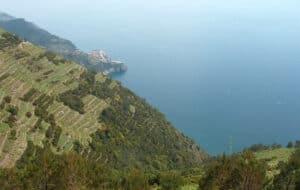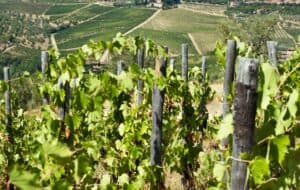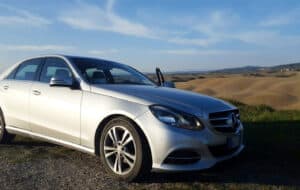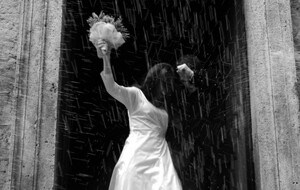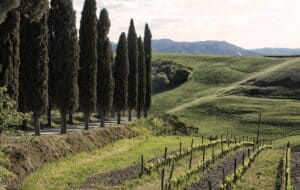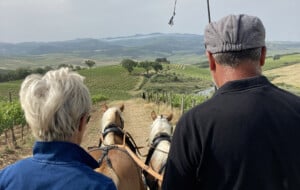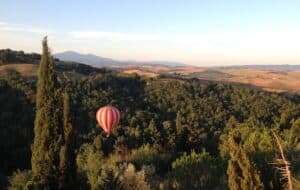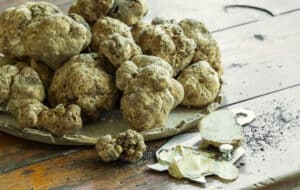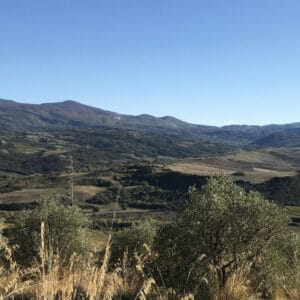
Monte Amiata
Looking south from Montalcino, you can always see the stately skyline of an old ancient volcano: this is Monte Amiata. At 1.738 m (less than 6.000 feet), it is the highest mountain in southern Tuscany and a paradise for hikers and cyclists. The Holy Mountain of Etruscans If you love the mountains, Monte Amiata is a must see in the southern part of Tuscany or a nice alternative after many days of sightseeing and wine tastings. After crossing the Orcia River that is considered the southernmost border of Montalcino, there is just a 30-minute drive to get to the top of this magical mountain. You will have the chance to admire different Tuscan landscapes and habitats. Amiata, at the time of the Etruscans, the natives of the area before the Roman age, was considered a sacred place. Only very important people such as "medicine men" and "researchers" were allowed to…
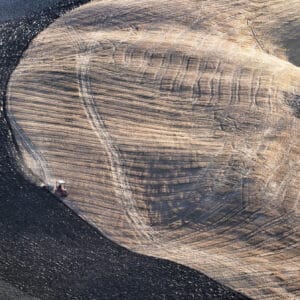
Crete senesi
The area southeast of Siena is called Crete Senesi. "Crete" means clay, which gives the typical grey color of this landscape. A lunar landscape is the only way you can describe this area: the dry grey terrain forms of badlands and clay knolls seem mostly bleak. In fact, in this part of Tuscany, you don't often see vineyards and olive trees but mostly cultivated fields instead. This amazing phenomenon is just the result of eroding sediment from the Pliocene sea between 2.5 and 4.5 million years ago. The impressive landscape is the main character of this territory, but there is no shortage of lovely towns (such as Asciano, Buonconvento, Serre di Rapolano, and San Giovanni d’Asso), of excellent food, truffle stands out above all the rest, of relaxation while enjoying the Rapolano hot springs, and of spirituality as well (the Abbey of Monte Oliveto Maggiore is not to be missed!).…
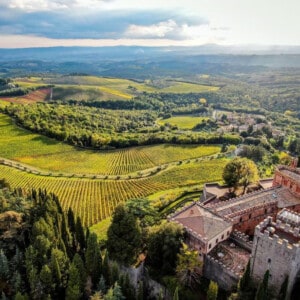
Chianti
In the center of Tuscany between Florence, Siena and Arezzo, there is the wonderful and charming Chianti area, a hilly land that stretches for about 20 km surrounded by the main "art" cities in the region. The Gentle Hills of Chianti, Tuscany's Famous Wine Region The ancient Chianti region, first Etruscan and then Roman, was (and still is) rich in woodlands, water, and game. Except from the main roads, Chianti was not easily accessible, protecting it from the Barbarian Invasions after the decline of the Roman Empire. From the Middle Ages to the Renaissance, it was a continuous battlefield because of the clashes between Siena and Florence, which both sought control over these lands. Castles and fortresses that sit on top of many hills are proof of its tormented past. When the medieval conflicts ended, some valleys were cleared and cultivated. Chestnut and oak woods as well as olive groves…
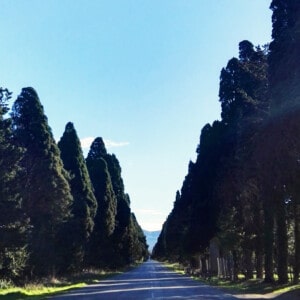
Bolgheri & The Tuscan Coast
Breath in the saltiness and the unmistakable scent of the Mediterranean shrubland and pine forests. Feast your eyes upon all the shades of blue, green, and red… in your glass! This part of the Tuscan coast south of Livorno is a delightful surprise in a part of Tuscany inhabited by the Etruscans at the beginning of the 9th century BC where they built their major port, Populonia. The jewel among the little towns in this area is surely Bolgheri, which lies in the foothills of the Colline Metallifere. First mentioned in 1075 in a papal bull by Pope Gregory VII, its name derives from Bulgari (Italian for "Bulgarians") due to the presence of a military camp of Bulgarians, allies of the Lombards. The town, not far from the coast, is surrounded by olive groves and vineyards. To get to Bolgheri, you have to drive on the Viale dei Cipressi (Cypress…
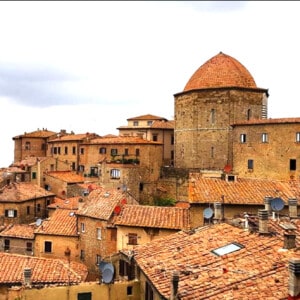
Volterra
Volterra isa charming town well known for its Etruscan origins and Roman ruins. Walking along its cobbled lanes it's a blast from the past Volterra is only 40 minutes driving west from San Gimignano but you could also consider the possibility of walking instead of driving if you are up for it: the paths between these two towns are incredibly beautiful and wind through vineyards and untouched rolling hills. Velathri, the Etruscan name of the town, was one of the twelve main towns that belonged to the Etruscan confederation. The fortification walls were built at the end of the 4th century BC in order to protect not only the urban center but also the surrounding fountains, cultivated fields, and pastures from foreign invasions. After the Frankish and Lombard dominions, Volterra passed under Roman control and changed its name into Volaterrae (where the present name comes from). Later, it fell under…
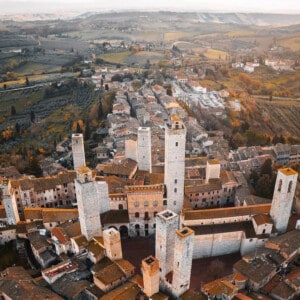
San Gimignano
The town with the unmistakable skyline… and the hardest pronunciation for foreigners: San Gimignano! Known as the "Manhattan of the middle Age", this unique village is a coffer of Art, Food and Great Wines A glorious past Like lots of Tuscan towns, this was originally an Etruscan village and was named after the bishop of Modena, San Gimignano, who is said to have saved the city from Attila the Hun. In the Middle Ages and the Renaissance era, it was an important stopping point for Catholic pilgrims on their way to Rome and the Vatican as it sits on the medieval Via Francigena route. In 1199, the town declared itself a Free Commune. For decades, building a tower taller than their neighbors' became a popular way for wealthy families to show their power. At the most, there were 72 towers. Despite the bitter political dispute between the Guelfs, who supported…
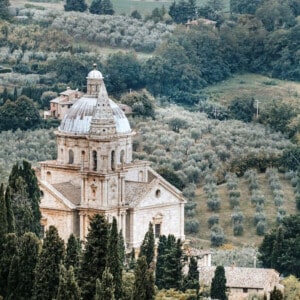
Montepulciano
Standing on top of a hill in southern Tuscany, Montepulciano is a medieval town of unique beauty. The town is surrounded by walls and fortifications designed by Antonio da Sangallo the Elder in 1511 for Cosimo I, Grand Duke of Tuscany. The city, full of elegant Renaissance palaces, ancient churches, charming squares, and hidden corners, features wonderful views of the Val d’Orcia and Val di Chiana valleys that surround it. A walk through Montepulciano is the best way to enjoy it. At the bottom of the hill, there is the stunning Madonna di San Biagio Sanctuary, a typical 16th century Tuscan church with a circular (central) plan. Piazza Grande is the ideal and monumental heart of Montepulciano. It is one of the most beautiful squares of the minor towns of Tuscany, bordered by important buildings: the Cathedral with its unfinished facade and the Bell Tower dating back to the second…
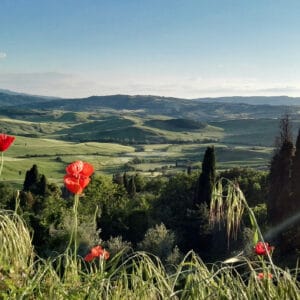
Val d’Orcia
If you think about a Tuscan postcard, you are thinking about Val d'Orcia! Rolling hills and cypress trees dotting the landscape here and there, old farmhouses on top of every little hill, fields of gold in summertime or bright green meadows in spring. The Landscape as a Work of Art The Val d'Orcia is an example of how the natural environment was manipulated and redesigned by man during the Renaissance to express the ideals of good governance and to create what is beautiful with the landscape. For this reason the UNESCO added it to the World Heritage list (July 2004). The Val d'Orcia is an unspoiled dwelling place, a special place immersed in the peace and tranquillity of its towns and countryside. It is a land whose amazing soul often cannot be discovered without leaving the car and fancy clothes behind to wear more comfortable clothing and to walk along…
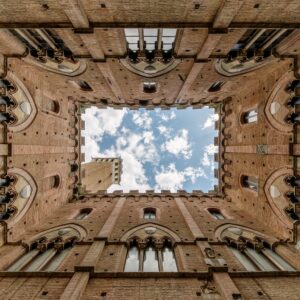
Siena
Siena is one of the most beautiful medieval cities in the world, well known for its artistic heritage and for the Palio, a famous horse race which takes place twice a year in Piazza del Campo, a spectacular seashell-shaped main square. Among the Rolling Hills Located in the heart of the scenic rolling hills of Tuscany, Siena is surrounded by some real landscape treasures that make the city a perfect base to explore the Chianti and San Gimignano to the north, the Crete Senesi and Montepulciano to the southeast, the Val d’Orcia with Montalcino and Pienza to the south, and the Tyrrhenian Sea to the southwest. Built on three hills, Siena’s steep slopes, narrow and winding streets, small shops, and views over verdant valleys are like little treasures that are discovered one after the other at every turn. The city exudes a timeless elegance and manages to pull on the…
